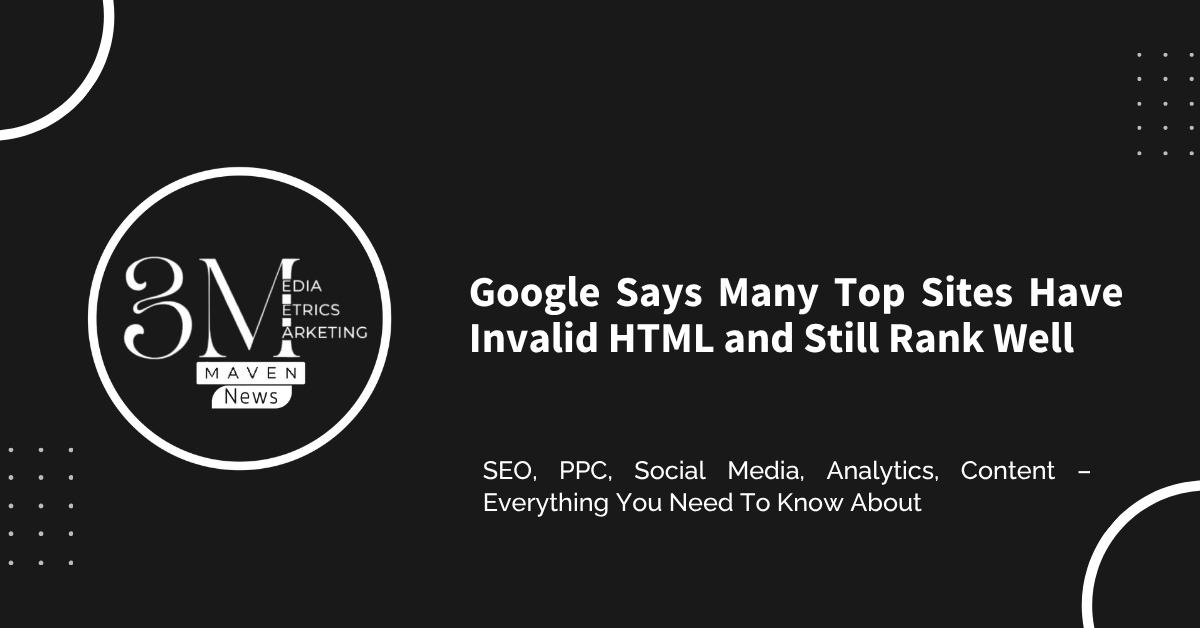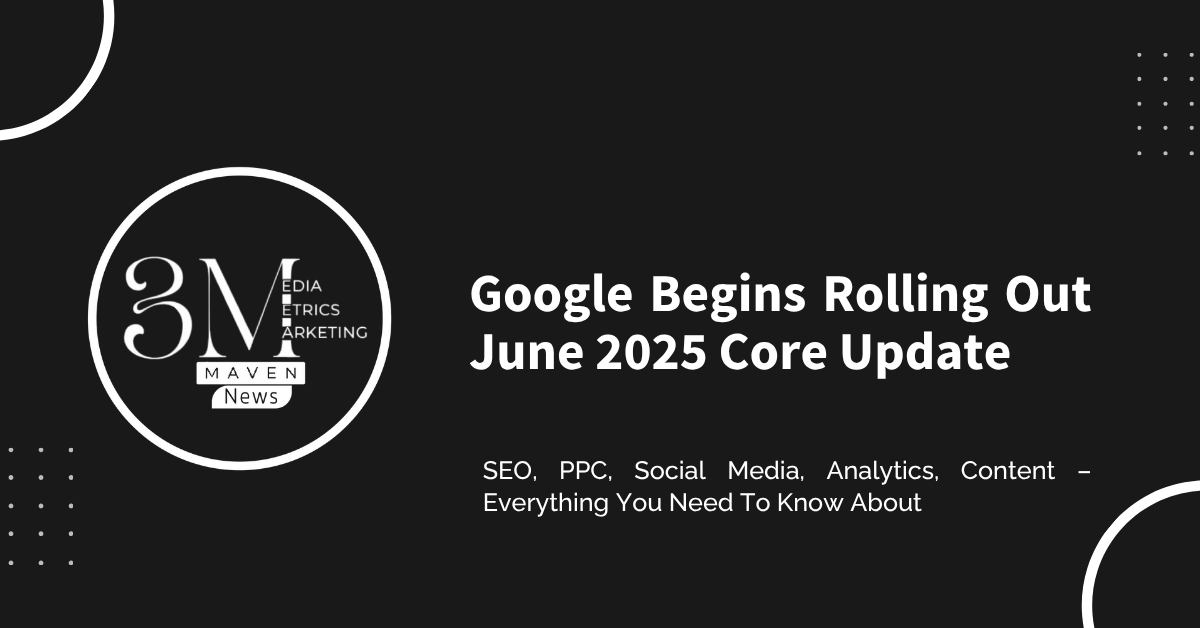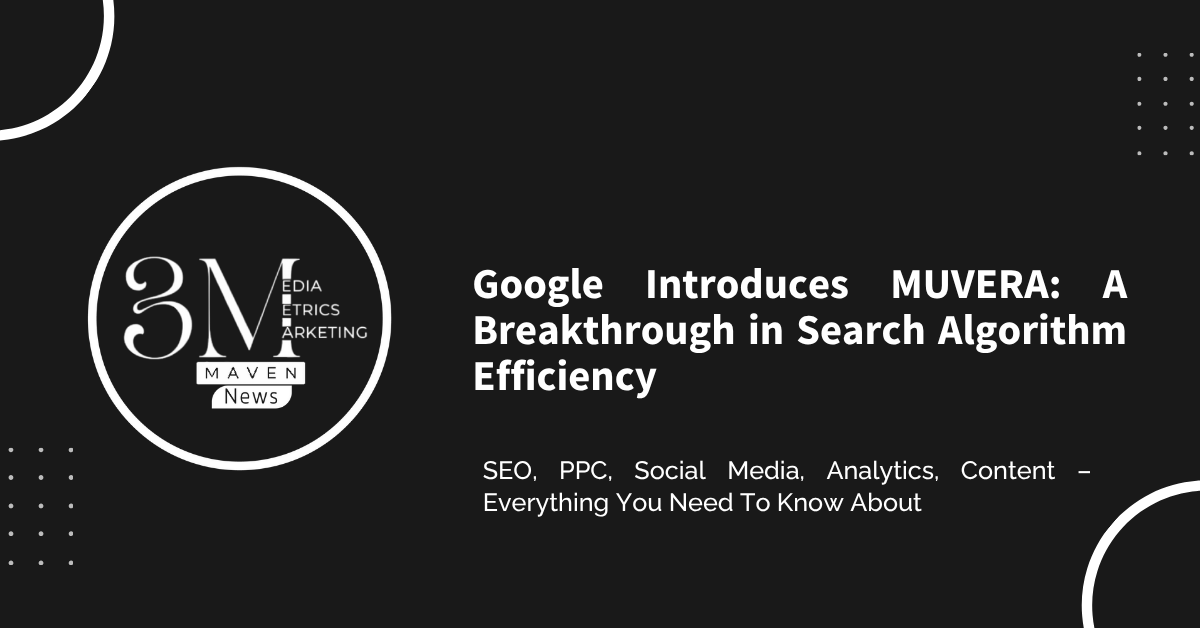The key takeaway from this update is how websites handle images shared on different pages. Google now advises webmasters to always use the same URL when referencing an image throughout the site. This helps improve crawl efficiency by allowing Google to cache and reuse the image instead of crawling it repeatedly.
In other words, if the same image appears on multiple pages but uses different URLs each time, Google may end up crawling that same image multiple times—wasting valuable crawl budget.
Why It Matters for SEO
Crawl budget refers to the number of pages Google crawls on your site during each visit. For large websites with thousands of pages, every crawl request counts. By ensuring that each image has a consistent URL, you help Google allocate more of its crawl resources to your important content pages rather than redundant image files.
This change is especially useful for sites with extensive media libraries or e-commerce platforms where product images often appear across various listings and categories.
How to Apply the Update
To make the most of this best practice:
- Audit current image URLs – Check how and where images are being used across your site.
- Standardize image URLs – Establish a uniform structure for linking to images.
- Update templates and CMS settings – Ensure all future image deployments use consistent URLs.
- Use a centralized image management system – This can automatically enforce URL consistency.
- Monitor crawl stats – Use Google Search Console to track how changes affect crawl activity and performance.
Final Thoughts
This update reflects Google’s ongoing effort to help websites manage crawl resources more effectively as visual content becomes increasingly central to user experience.
For SEO professionals, it’s a reminder that optimizing images involves more than just adding descriptive alt text—it also includes technical considerations like URL structure and resource handling.
By aligning your image strategy with these updated best practices, you can enhance both your site’s performance and its visibility in search results.









